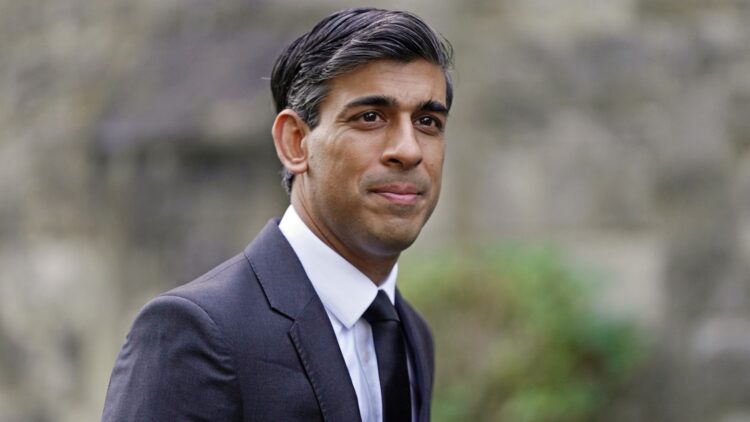By Tony O’Reilly-
British prime minister(pictured) must make Greenpeace activists protesters who scaled his property pay for demonstrating a lack of respect for the boundaries of peaceful protests.
The arrest of protesters for scaling Rishi Sunak’s Yorkshire home in protest against fossil fuel drilling brings into focus the importance of striking a balance between exercising the right to protest and respecting the law.
The British courts will almost certainly mete out appropriate punishment for the offenders in question, but the prime minister can call for the highest possible consequences for their actions.
Politicians are generally not allowed to interfere in the affairs of the judiciary, but their call for stringent punitive measures can play a positive influence in ensuring adequate deterrence for the future.
In the UK, the Attorney General can intervene in calling for higher sentences where the punishment delivered by the courts are considered too lenient.
The right to protest is protected in democratic societies, allowing citizens to voice their concerns, challenge authority, and advocate for change. Peaceful protests play a crucial role in raising awareness about important issues and can be instrumental in driving social and political change.
This right is not without its limitations, and protesters must understand that the legal boundaries that must be respected to ensure the safety of all involved and protect public order.
Trespass
The recent incident involving Greenpeace activists scaling Rishi Sunak’s Yorkshire home in protest against fossil fuel drilling is a striking example of protesters exceeding their right to demonstrate.
While the intent to raise awareness about environmental concerns is commendable, the manner in which the protest was conducted raises serious legal and ethical questions.
The protesters crossed the line between legitimate protest and criminal trespassing by scaling the property of the prime minister. Trespassing on private property is against the law and can jeopardize the safety of both the protesters and the individuals residing within the premises.
This intrusion goes beyond the acceptable boundaries of peaceful protest and undermines the cause they seek to promote. An example needs to be made of the protesters in this case.
Protests that involve trespassing on private property can lead to dangerous situations for both the protesters and the property owners. In this incident, there were potential risks to the protesters’ physical safety, as well as the risk of escalating the situation with law enforcement. The responsible exercise of the right to protest should not endanger lives or disrupt the peace.
Protesters need to be mindful of public perception and how their actions reflect on their cause.
While protesters bear responsibility for their actions, it is essential to acknowledge that their legal offense may be a reflection of inadequate guidance or organization from advisers or organizers. Here are some considerations to reflect on:
Poor Organizational Oversight
Greenpeace, as an environmental organization, should ensure that its protests are carried out responsibly and in adherence to the law. Adequate training and guidance on peaceful protest should be provided to activists to ensure that their actions align with the organization’s principles and respect the rights of others.
Protests often arise from deeply held beliefs and passions for a cause. However, this passion must be balanced with a sense of responsibility for the safety of participants and the public. Organizers and advisers must emphasize the importance of respecting legal boundaries and avoiding actions that may lead to harm or unlawful behaviour.
Effective protests require careful planning and consideration of alternative methods of engagement. Organizers ought to explore other ways to raise awareness, such as peaceful marches, public rallies, or social media campaigns, which can have a significant impact without resorting to trespassing or property intrusion.




